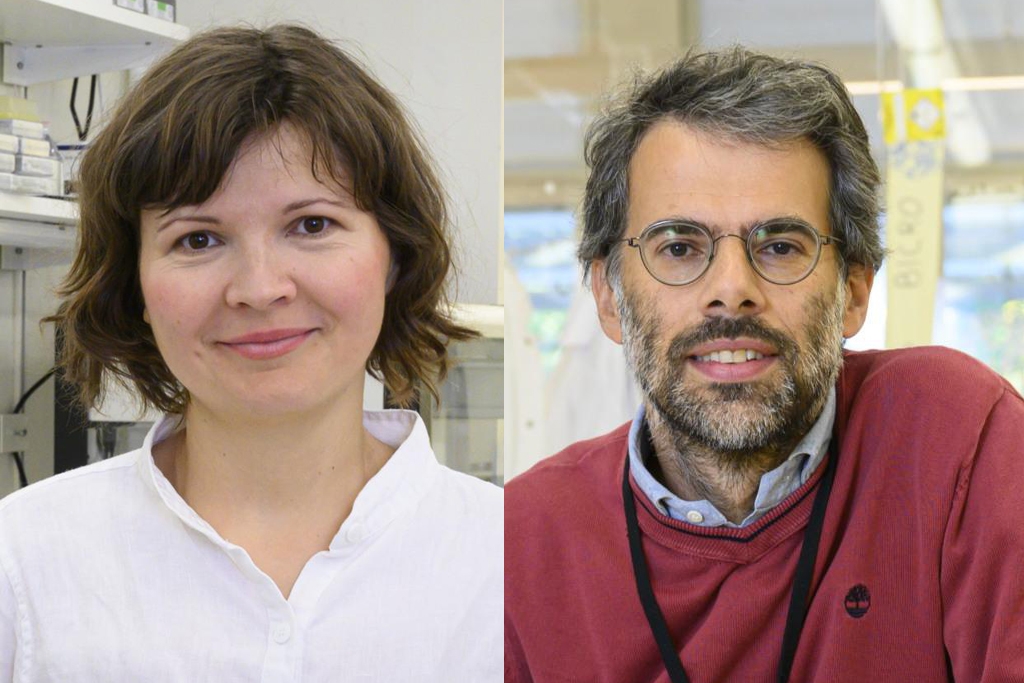New method facilitates identification of aggressive tumors
Researchers at SciLifeLab have developed a new, more cost efficient, method that can be used to identify heterogeneous tumors which are often more aggressive and requires a more specialized treatment.
Existing strategies for massive parallel sequencing of genomic DNA relies heavily on library indexing, a process where DNA samples are tagged with index sequences allowing them to be sequenced together.
Since every sample needs its own library the process is expensive and time-consuming. The technique also works poorly on fixed samples such as DNA extracted from formalin-fixed paraffin-embedded (FFPE) tissues, such as tumor samples.
In a recent study, led by SciLifeLab fellow Magda Bienko and Nicola Crosetto (SciLifeLab/KI), researchers described a new methodology called CUTseq. CUTseq uses restriction enzymes – enzymes that can cleave DNA into fragments at or near specific recognition sites – and in vitro transcription to barcode and amplify genomic DNA prior to library construction.
In the study, published in Nature Communications, the researchers could show that CUTseq worked well on both cell lines and FFPE samples. They also demonstrated an application of CUTseq on FFPE tumor section to assess intratumor genetic heterogeneity at high spatial resolution. This is particularly useful when assessing the amount and type of CNA – multiple copies of the same chromosome or genes in tumor cells – in many different parts of the same tumor, at a much lower cost than existing methods.
“I expect that CUTseq will find many useful applications in cancer diagnostics. Multi-region tumour sequencing is going to be increasingly used in the diagnostic setting, in order to identify patients with highly heterogeneous tumours that need to be treated more aggressively. I believe that our method can play a leading role here”, says Nicola Crosetto in a press release from Karolinska Institutet.
CUTseq could also be used in a number of other fields.
“For example, CUTseq could be used as a platform for cell line authentication and to monitor genome stability in large cell line repositories and biobanks. It could also be applied in ecology, as an alternative to other reduced representation genome sequencing methods, such as RAD-seq, to assess biodiversity in a cost-effective way”, says Magda Bienko in the press release.
Photo: Stefan Zimmerman





